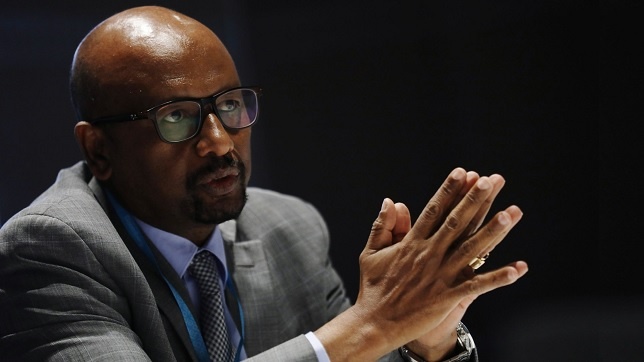
Ethiopia’s minister for water and electricity that the drop in water levels at the country’s Gibe 3 dam led to a deficit of 476 MW, more than a third of the country’s electricity generation of 1,400 MW.
ADDIS ABABA (Reuters)– Ethiopia has started to ration electricity for domestic and industrial customers after a drop in water levels in hydroelectric dams led to a production deficit.
Ethiopia’s minister for water and electricity Seleshi Bekele, PhD, said on Friday (May 17) that the drop in water levels at the country’s Gibe 3 dam led to a deficit of 476 megawatts (MW), more than a third of the country’s electricity generation of 1,400 MW.
Ethiopia also suspended electricity exports to neighboring Djibouti and Sudan, which earns the country $180m a year, the minister said.
Under the rationing program, which runs until July, domestic consumers will face blackouts for several hours each day, while cement and steel firms will have to operate fewer shifts due to the cuts, Seleshi said.
Ethiopia’s $4bn dam project on the Nile River, which has been beset by construction delays and criticism from Egypt, is expected to start initial operations in December 2020.
The project has caused problems with Egypt, which fears the dam will restrict Nile river waters coming down from Ethiopia’s highlands through the deserts of Sudan to the Egyptian fields and reservoirs.
The planned 6,000-megawatt Grand Renaissance Dam (GERD) is the centerpiece of Ethiopia’s bid to become Africa’s biggest power exporter.
——
Source: Al Jazeera
Other stories:
- Denmark and Ethiopia expand cooperation on wind energy
- Ethiopia Unveils $375 Million National Electricity Project
- Ethiopia expects Nile River dam to go operational in late 2020
- Ethiopia Signs $4bn Deal to Build 1,000 MW-geothermal Power Plants
- Xylem Inc. signs deal with Ethiopia’s government to improve water security in the country
